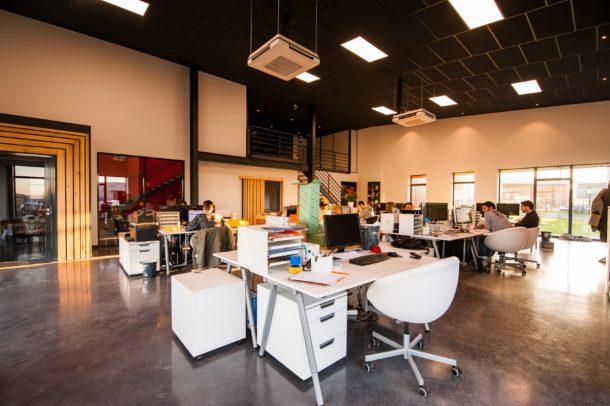Relocating to a larger office space is an exciting milestone for any business. It signifies growth, expansion, and new opportunities. However, such a move involves meticulous planning and careful consideration to ensure a seamless transition. Here are the top considerations when moving into a bigger office building:
Space Utilization and Layout
The primary advantage of moving into a larger office is the increased space. However, it’s crucial to plan how this space will be utilized. Begin by assessing your current office layout and identifying areas that need improvement. Consider creating different zones for various functions such as open workspaces, private offices, meeting rooms, and break areas. Efficient space utilization not only enhances productivity but also creates a comfortable and inspiring work environment.

Technology Infrastructure
A bigger office often means more employees and more complex technological needs. Ensure that the new office has the necessary infrastructure to support your tech requirements. This includes reliable internet connectivity, sufficient power outlets, and adequate cabling. Additionally, consider the placement of servers, phone systems, and other essential IT equipment. Engaging with IT professionals early in the planning process can help prevent future issues.
Budget and Costs
Moving to a bigger office involves significant expenses beyond just the rent. There are costs associated with the actual move, such as hiring professional movers, purchasing new furniture, and setting up new utilities. Additionally, consider ongoing expenses such as increased utility bills, facility service and maintenance costs, and possibly higher insurance premiums. A detailed budget plan will help you manage these costs effectively and avoid any financial surprises.
Employee Needs and Preferences
Your employees are your most valuable asset, and their comfort and satisfaction should be a priority. Gather feedback from your team regarding their needs and preferences for the new office. Consider aspects like location, commute times, parking availability, and nearby amenities. A well-thought-out office design that caters to employee needs can boost morale and productivity.
Accessibility and Compliance
Ensure that the new office building complies with all relevant accessibility and safety regulations. This includes having accessible entrances, restrooms, and workspaces for employees with disabilities. Additionally, verify that the building meets fire safety standards, has adequate emergency exits, and is equipped with necessary safety features such as smoke detectors and sprinkler systems.
Future Growth Potential
While a bigger office is a sign of growth, it’s important to consider future expansion. Choose a space that not only meets your current needs but also has the potential to accommodate future growth. Flexible office layouts and scalable infrastructure can help you adapt to changes in business size and structure without the need for another move in the near future.
Location and Commute
The location of your new office can significantly impact your business operations and employee satisfaction. Consider the proximity to key clients, partners, and suppliers. Additionally, evaluate the availability of public transportation and the convenience of the location for your employees. A well-located office can enhance your company’s image and accessibility.
In conclusion, moving into a bigger office building is a complex process that requires careful planning and consideration. By addressing these key factors, you can create a functional, comfortable, and future-ready workspace that supports your business’s continued growth and success.




Join the conversation: